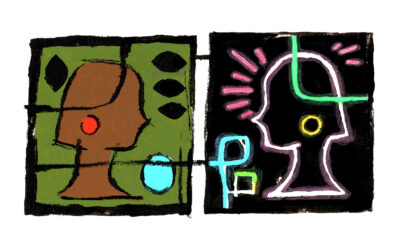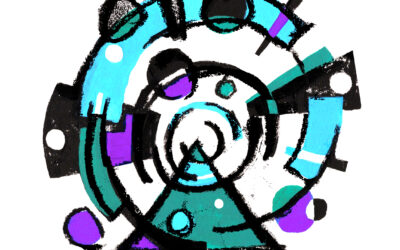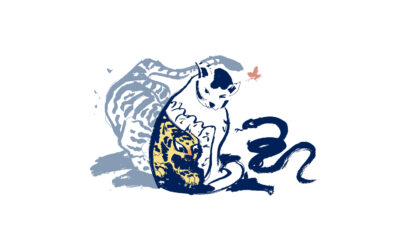In early February, a jpeg of a pixelated, pale, bandana-wearing alien sold for nearly $24 million dollars. Why? It is an NFT (non-fungible token) from a 10,000-strong collection of digital avatars called Crypto Punks, many of which are also priced in the millions. Each Punk has differing ‘unique’ attributes or traits, whose rarity affects the value: the alien trait, which appears only nine times, is the rarest and therefore the most expensive. To true believers, this alien represented a piece of crypto history and would thereby allow its owner to gain membership of an exclusive inner circle of NFT elite collectors.
Such collectors have also zeroed in on the Bored Ape Yacht Club (BAYC). This NFT collection has seen such buying momentum amongst celebrities that the floor price is now close to $500,000. These purchases are immediately put on ostentatious display as digital avatars within the all-important social media space, with Twitter in particular swiftly capitalising on the trend by allowing users to link their NFTs to their profile pictures.
To a crypto outsider, this is a sideshow of lunacy and breath-taking stupidity. How can such nonsense matter, and how can any digital image be ‘worth’ so much?
To make the topic even more arcane, NFTs are not (in most cases) the art itself. Rather, the NFT is a contract that confers ownership of the art. It may help to think of the fundamentally indirect nature of buying a house: you cannot hold land in your hands or store it away in a safe, but you can have a contract that attests to your ownership. NFTs work in the same way: the only difference is that the contract is governed on the blockchain rather than by a notary. For crypto-believers this is a seismic revolution, in which ownership becomes transparent, immutable and safe.
An NFT can theoretically confer ownership of anything, but digital art has been the overwhelming focus of the technology so far. NFTs have found a gap in the market: they have raised (for enthusiasts, at least) digital art from its previous status as a lesser art form. This status was due not only to its novelty and the usual slow acceptance rate (think of how long it took photography to be seen as art), but to its lack of physical form. It was impossible to imagine how it could be owned. It is surely no coincidence that the renowned digital artist Nam June Paik – a champion of new media art for decades – has always enclosed his works within objects and installations. Forcing copyable digital art into traditional framing devices was the only way for artists to bridge the chasm between the physical and the disturbingly nebulous.
But NFT technology has changed that. Suddenly it has become possible to have a ‘pure’ digital art, and in just two years the market has exploded in importance. Think of it as pent-up creative energy that has finally found an outlet.
At this point, one might question the benefit of undamming energy that produces pixelated punks and apes. Gold rushes always attract their share of charlatans: what is new perhaps is how digital artists revel in the degeneracy of much of the art, terming themselves ironically as ‘degen’. They see themselves as playful and experimental, heroically democratising art in the teeth of a reactionary and snobbish elite, despite the impenetrable jargon that arguably renders the NFT art space just another members’ club. They have assimilated an accusation and turned it into their rallying cry, just as the Impressionist movement embraced what started as a journalistic slur of Monet’s “Impression, Sunrise”.
Certainly, much of the NFT art space is fuelled less by intellect and taste than by a greed for money and status. Nevertheless, within the chaos, it is possible to discern new and meaningful art projects. Pak and Kevin Abosch are two artists who understand NFTs as future potential, who see the blockchain as an ecosystem with rules and structures, and who fully utilise it as medium to connect with the community:
Pak’s ‘Lost Poets’ art piece, for instance, creates 10,000 AI assisted portraits from randomised and mashed-up pictures of real writers. These eery spectral faces remain unnamed and mute. But the owner can then use a second NFT to name their poet and add words. The result is an artwork that one might say has been conceived by the artist but hatched by its owners. This is a very different kind of interaction between creator and collector.
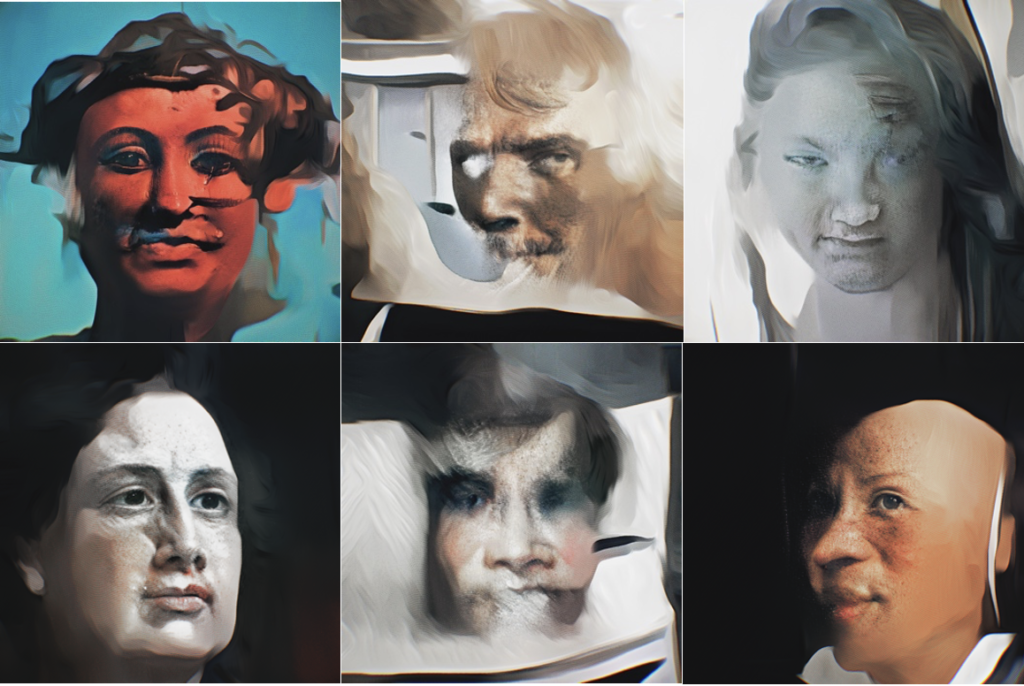
First art, then what?
The signs are that the NFT art space will paradoxically become more mainstream and more experimental. One cause of this is that physical artists are getting more involved in the digital space, and vice versa (for example Hector Falcon’s collaboration with Strata Gallery). However, for the main cause we need to return to the definition of what an NFT is – proof of ownership that can be plugged into a digital ecosystem.
This allows NFTs to represent literally anything, whether tangible or intangible: from hats to houses, from degrees to dividends. Companies like Tokyo-based Startbahn are experimenting with tagging physical art with NFT tags to keep records of ownership. Not only does this have benefits to authentication and transparency, but it allows you to see and own your artwork in the physical and digital world. For collectors this can mean something as benign as having your collection at your fingertips on your smart phone screen to grand ideas like exhibiting your pieces in a digital metaverse environment.
NFTs will also increasingly enable companies which might otherwise struggle to raise upfront capital to offer partial ownership and profit-sharing. NFT holders can become joint investors in anything from a tiny start-up to a huge brand moving in an entirely new direction.
But perhaps the greatest potential can be seen in the already successful use of NFTs as proof of membership. In real life (IRL), exclusive members’ clubs bestow status, as does owning a prestigious object: say, a Rolls Royce. In the digital world, holding a particular NFT can similarly entitle you to membership of a privileged group. Right now these might just be closed groups on chat services like discord and telegram, but as more influential people congregate away from public access, so these private clubs for the digital age will grow in importance. And in a pleasingly circular fashion, these NFT clubs will no doubt end up opening up physical spaces where members can meet ‘IRL’, as well as offering the kind of benefits that any high-end credit card or airline membership would get you today.
Interestingly, this is where the claim of NFTs as a democratising influence might hold up rather more: for those who have the money to buy them, that is. Membership of a particular NFT group will not take the permission of a committee: it will be fully tradeable on the open market. Every NFT owner thereby becomes a strong advocate for its value, with no impetus to talk it down. As a result, businesses with strong existing fan bases will have an even more powerful way to harness a community. Nike quickly acquired the crypto company RTFKT when it rose to fame by launching digital sneakers designed with digital artists. A collaboration with Takeshi Murakami to create a series of avatars soon followed, and Nike is now focused on a bridge between the physical and digital worlds.
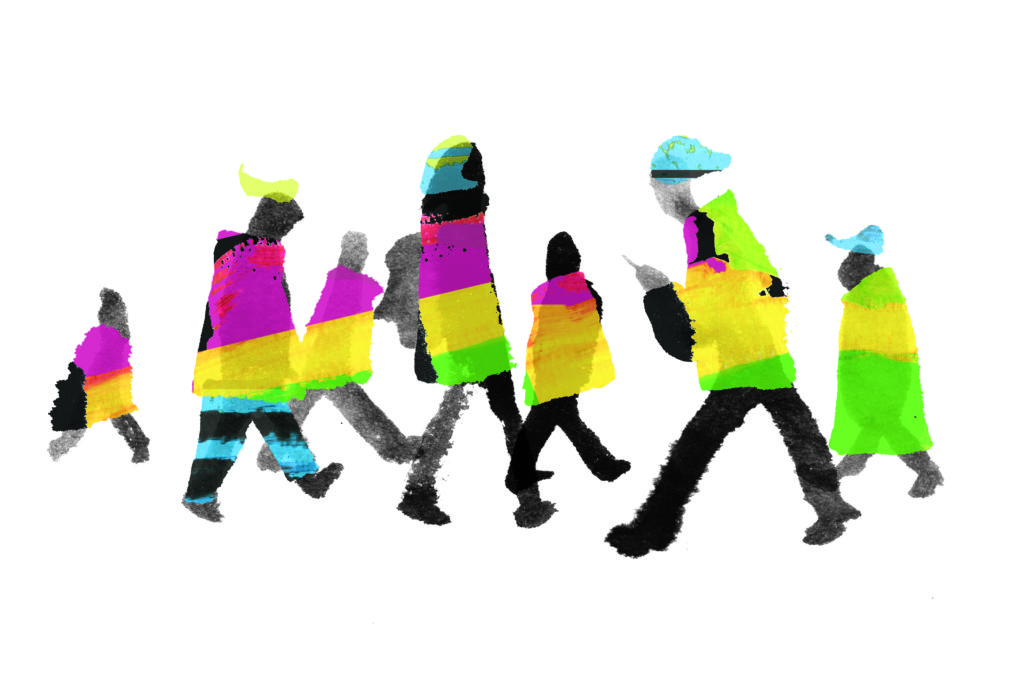
So where does the rise of the NFT leave us? It is hard to tell if we are seeing a genuine shift to mass participation in creativity, or just the latest marketing toy of big brands always seeking to monetise their consumers. The inclination is to see recent bear market sentiment as helping a more sustainable development towards the full potential of the technology in digital art. If anything, artists are breathing a sigh of relief as they can work again at their own pace, without the constant pressure to churn something out for the red-hot market. Indeed, the NFT community likes to joke about the bear market being a time to go back into ‘builder mode.’ As Pak put it in a recent tweet ‘We finally arrived to the surface. Let’s dig.’ Digital artist Refik Anadol is quietly working on an elaborate metaverse art project called data land and rumours are in the air of world-class architects entering the digital art realm to create the kind of spaces that could never be realised in the physical world. We expect to see a maturing of the space. Things might be moving slower for a while but each move will be bigger and more impressive than what we have seen so far.
Yuzu Kyodai sees its role to help companies not only to understand culture but to connect with it. With our first NFT art project underway, we look forward to watching this space and partaking in what looks set to be a paradigm shift.

